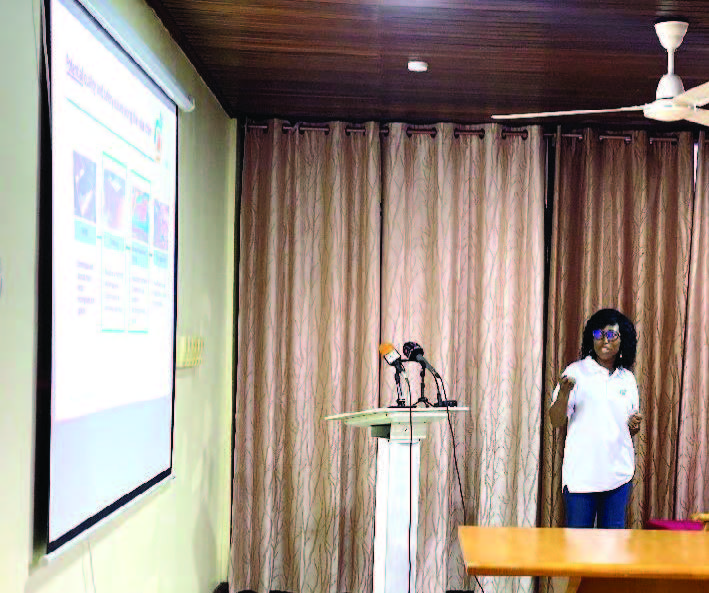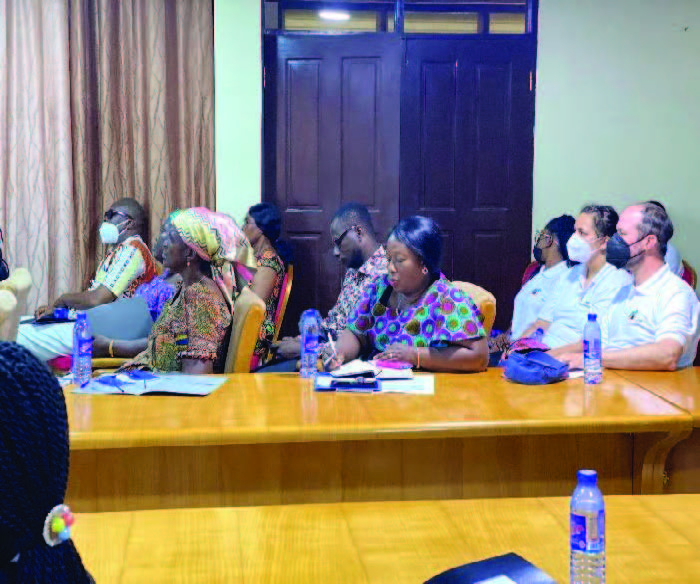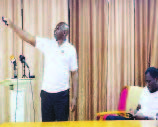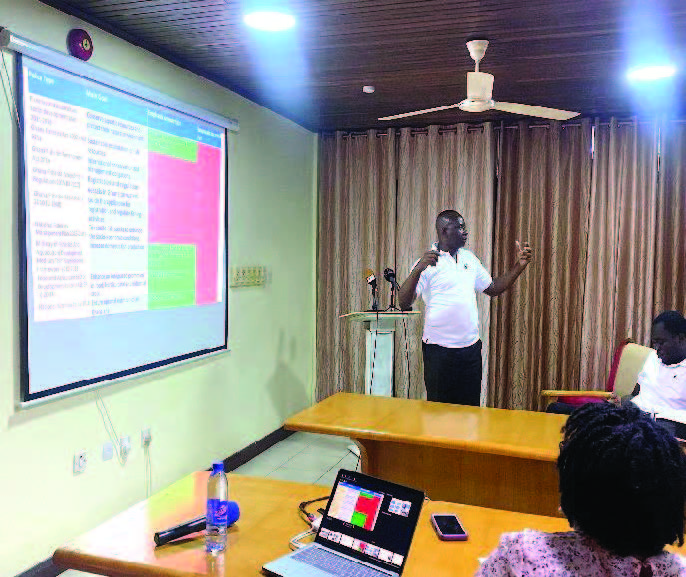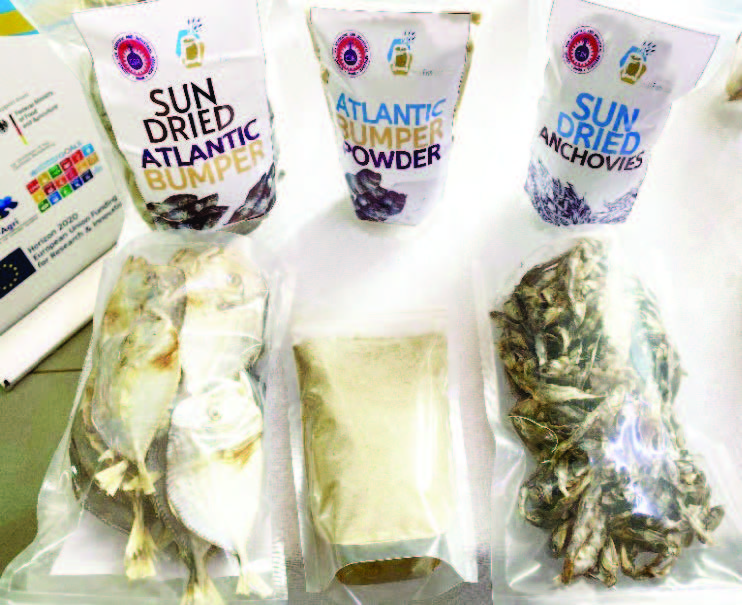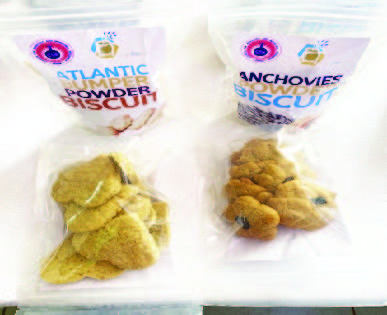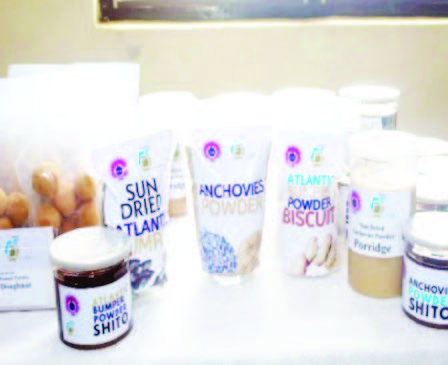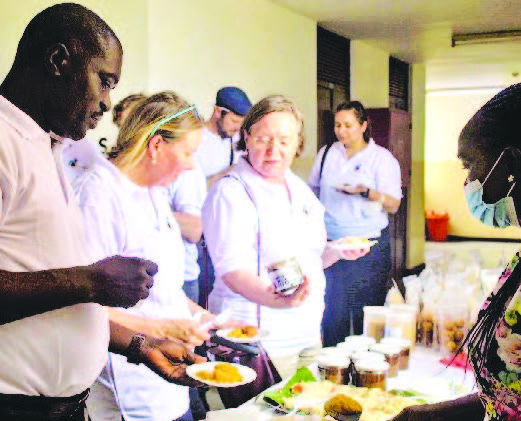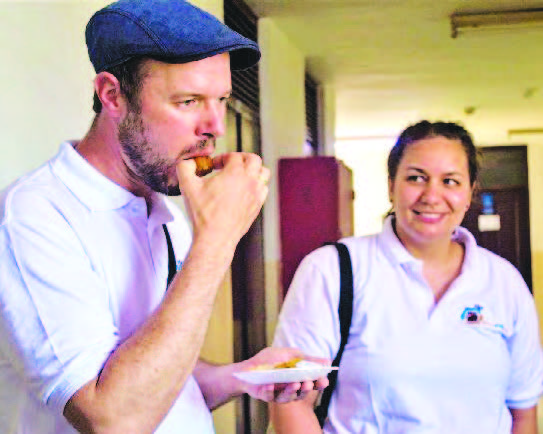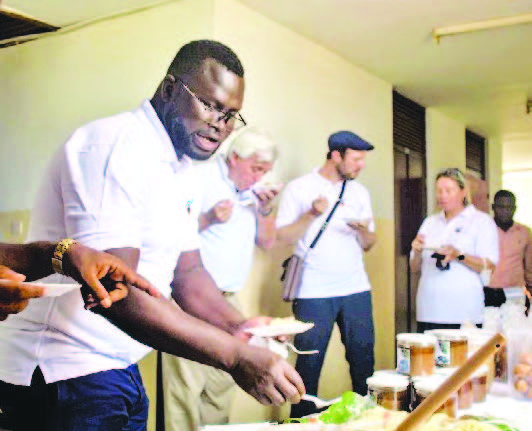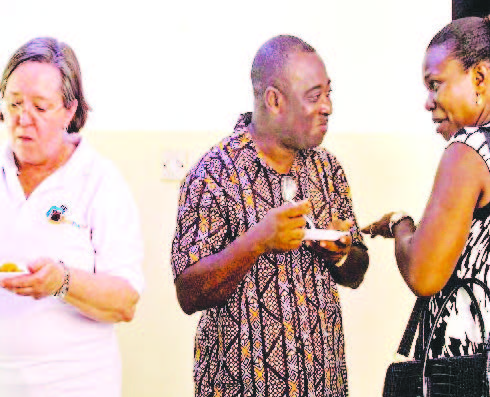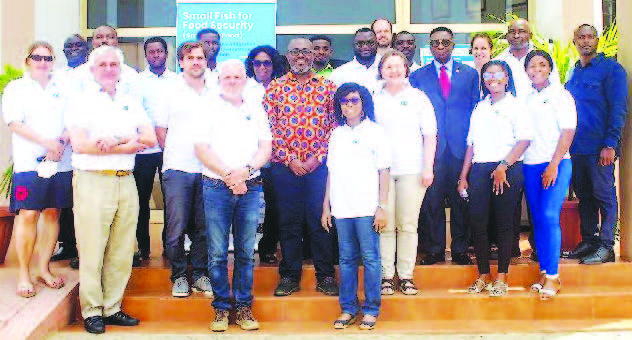
SMALLFISHFOOD
ProjectResearch Program
Meat, Fish, Poultry & Dairy Program
Duration
3 Years
Funding Source
EU
Collaborating Institutions
Norway, Institute of Marine Research
Project Acronym
SMALLFISHFOOD
SMALL FISH AND FOOD SECURITY: TOWARDS INNOVATIVE INTEGRATION OF FISH IN AFRICAN FOOD SYSTEMS TO IMPROVE NUTRITION
Introduction
The small fish industry in Ghana serves as a source of food security, nutrition and employment for fishermen and fish processors, the SmallFishFood project, an interdisciplinary project, sought to improve production processes to achieve better quality fish with longer shelf life. Small sun-dried fish is a popular fish consumed in Ghana. This fish is usually dried on the bare ground at the mercy of dirt, dust and other contaminants. This practice could cause significant risks to its safety. Concerned about the possible effects and implications of such practice, the CSIR-Food Research Institute team delivered some interventions that improved fish quality and safety, as well as presented the opportunity for diversification in fish products. The final symposium for the dissemination of SmallFishFood project activities and findings was held at the CSIR-Food Research Institute from 7th to 10th June 2022. Partners from Norway (University of Bergen, Institute of Marine Research); Netherlands (Wageningen University, University of Amsterdam); Germany (German Federal Institute of Risk Assessment); and Ghana (University of Ghana, CSIR-Food Research Institute). The theme for the workshop was, “Small Fish and Food Security: Towards innovative integration of fish in African food systems to improve nutrition”.
Key Activities and Achievements:
A hundred and five (105) participants drawn from research institutions, academia, regulatory bodies, governance agencies, fish processors, policymakers, related projects, media, and other key stakeholders in the small fish value chain in Ghana as well as the SmallFishFood partners participated in the workshop.
Presentation by the work packages
This presentation was made by Prof. Francis Nunoo of the University of Ghana. He indicated that the fish supply in Ghana is from multiple sources i.e. large importer of fish, mostly small pelagics, small and growing aquaculture sector, mostly tilapia. Also, a significant inland fisheries sector has much uncertainty in terms of the actual volume of landings and finally, the marine capture fishery altogether supplies the average Ghanaian with 25-35 kg of fish per year, one of
the highest in the world. He mentioned that small fish are gotten from industrial trawlers, of which about 76 trawlers have been licensed, semi-industrial (Ghana boat) has about 350 boats, and artisanal has over 14,000 canoes which were the focus of their work.
He added that semi-industrial and artisanal produce small fish which is approximately 200 000 tons and industrial produce small fish of approximately 75 000 tons. He mentioned that their research study focused on the marine pelagic species anchovies, chub mackerel, Atlantic bumper, moon fish and round scad, and other small fish from other species. From their study, they were able to develop a value chain for canoe fishery in Ghana. It moves from fisher, intermediary trader (comprising consumers and fish meal), processor, trader (wholesaler, retailer, consumer, and others). According to him, the value chain begins from the fisherman/woman to the intermediary trader to the processor to the trader, wholesale, retailer to consumers. He explained that according to the research there is a value added to the fish as it moves along the value chain. He stated that using anchovy for instance at the Tema landing area, the value of fresh fish is very low with the fisher but increases slightly at the intermediary fresh fish trader who also earns very little per kilogram and further increases with the processor and trader who earn more by trading.
In his conclusion, he indicated that there has been a shift from the consumption of sardinella to anchovy in recent times. There is high labour intensity for each canoe, ranging from 27 – 47 workers up the value chain from fishers to processors/
traders. Processors/traders and boat owners obtain the highest profit in the chain and not the workers, especially during the high season.
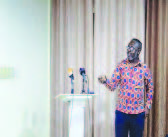
Prof. Francis Nunoo presenting to participants
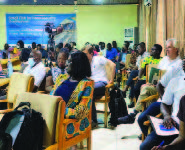
Project Team

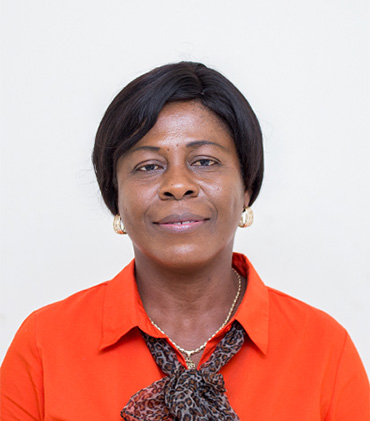



More Projects
Let's Talk!
Want to Do Business With Us? Connect with us and let's set the ball rolling. Our experienced professionals are eager to help your business thrive.

